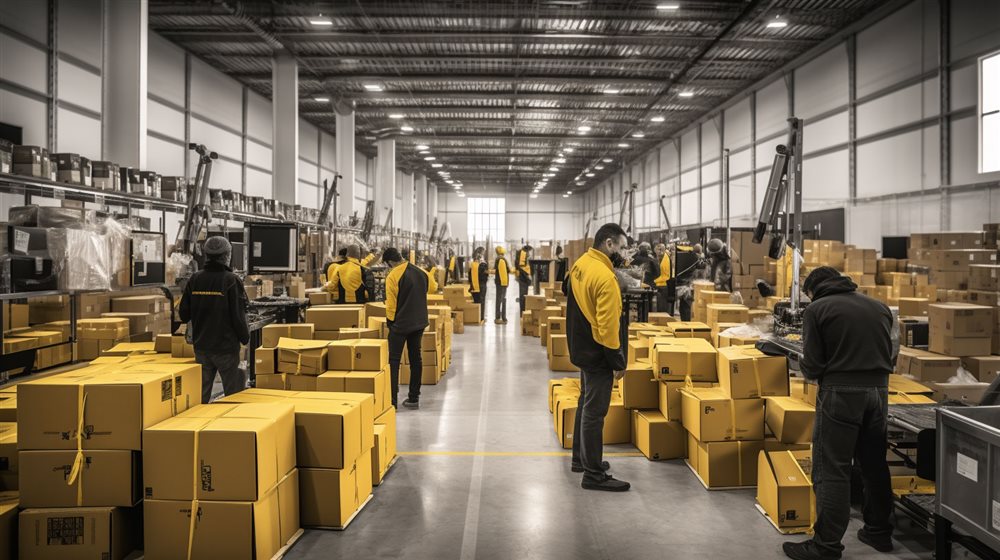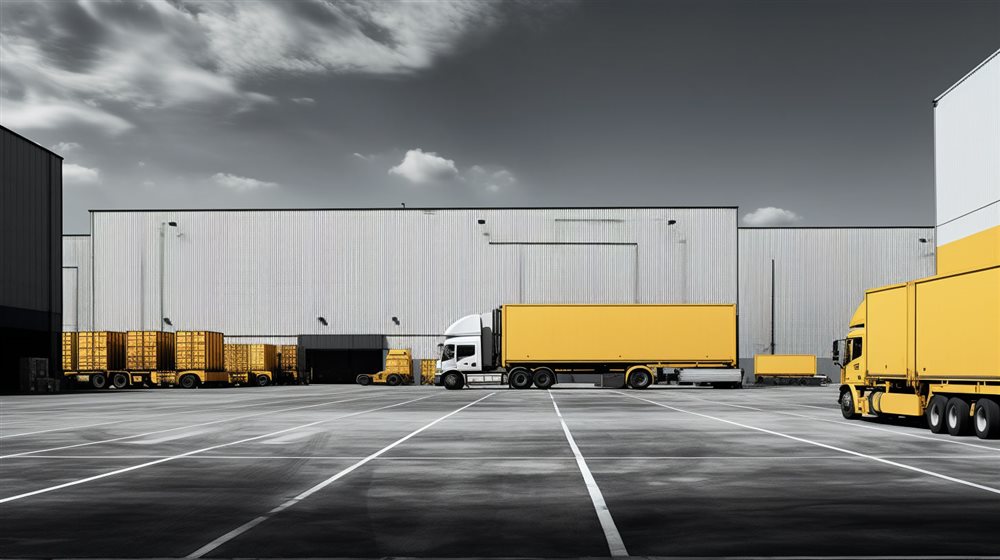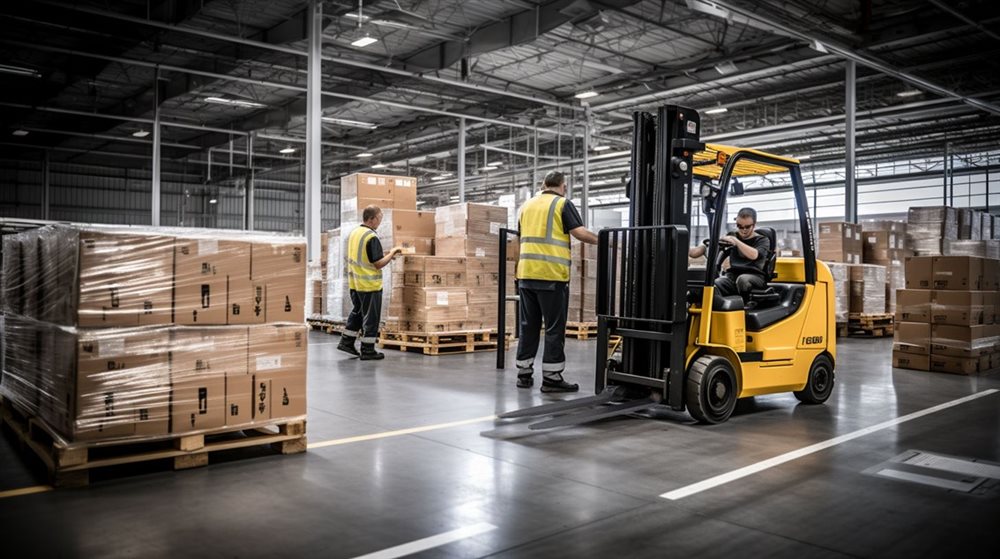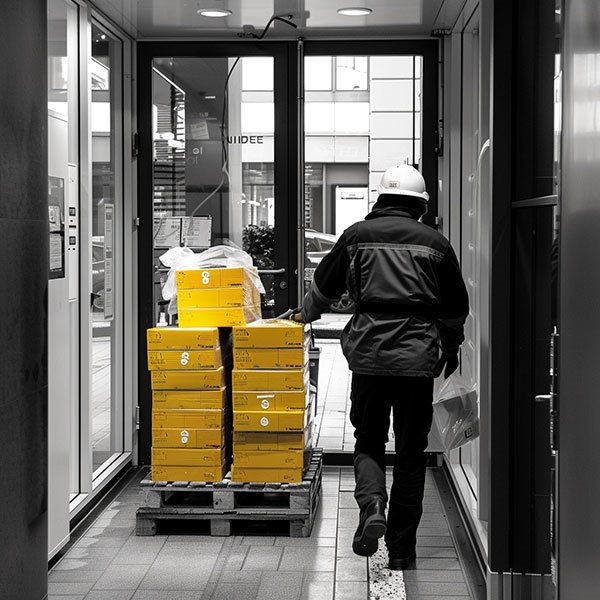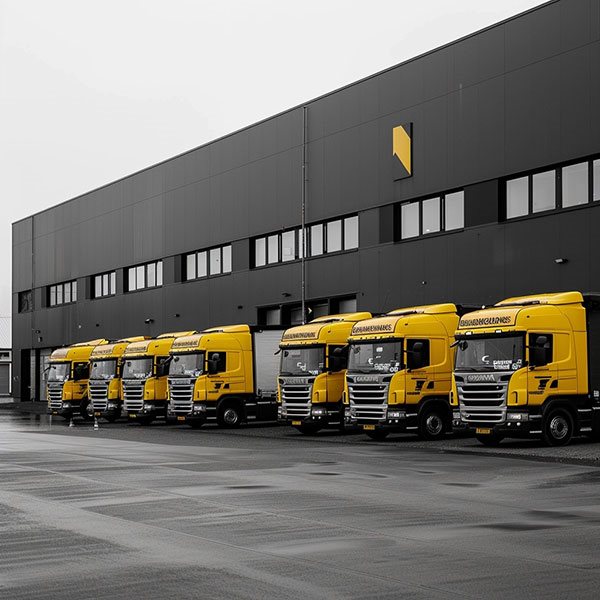In the complex and dynamic field of Canadian logistics, ensuring the safety and security of cargo during transportation is paramount. Proper load securement is not just a regulatory requirement—it's a critical practice that safeguards goods, vehicles, and human lives. This article delves into the importance of effective load securement in Canadian logistics, outlining best practices, tools, and the potential risks associated with inadequate attention to securement.

The Importance of Load Securement
Effective load securement prevents goods from shifting, falling, or being otherwise damaged during transport. It's essential for maintaining the integrity of the products, the safety of the transport personnel, and the public. In Canada, the National Safety Code (NSC) Standard 10 outlines the requirements for cargo securement, underscoring the industry's commitment to safety.
Load Securement Best Practices
1. Understanding the Load
The first step in securement is understanding the type of load being transported. Different products require different securement strategies. For instance, heavy machinery needs robust tie-downs and blocking, while palletized goods might require shrink wrap in addition to straps to prevent movement.
2. Using the Right Tools
- Load Straps: Durable and versatile, load straps are essential for securing a wide range of cargo types. They should be chosen based on the weight and nature of the load, ensuring they have the appropriate strength rating.
- Dunnage Air Pillows: These are invaluable for filling gaps between cargo items and preventing movement. They can be easily adjusted to fit various spaces, providing cushioning and stabilizing the load.
- Edge Protectors: These protect the edges of the load and the straps from wear and tear, reducing the risk of strap breakage.
3. Weight Distribution
Proper weight distribution is crucial for the stability of the vehicle. The load should be evenly distributed across the vehicle's axles, avoiding overloading and ensuring the vehicle remains balanced and easy to control.
4. Securement Points
Utilize all available securement points on the vehicle, and ensure that straps and anchors are not over-tensioned to the point of damaging the cargo or the vehicle. The goal is to immobilize the load entirely, with no room for movement in any direction.
5. Regular Inspections
The securement apparatus should be inspected before departure, periodically during the journey, and again upon arrival. This ensures that any potential issues can be identified and rectified promptly.
Product Types and Safety Risks
Different types of products present unique challenges and risks when it comes to load securement:
- Liquid and Granular Products: Require tankers or hoppers with specialized securement to prevent leaks or spills.
- Heavy Equipment and Machinery: Pose significant risks if not secured properly, including the potential for load shift that could destabilize the vehicle.
- Fragile Goods: Need careful padding and spacing to prevent breakage.
- Hazardous Materials: Require adherence to specific regulations regarding securement, containment, and placarding.
Consequences of Inadequate Load Securement
Failure to properly secure a load can have dire consequences:
- Accidents and Injuries: Unsecured or poorly secured loads can lead to accidents on the road, posing a risk not only to the driver but also to other road users. In the worst cases, this can result in serious injuries or fatalities.
- Damage to Goods: Shifts in the load can cause significant damage to the products being transported, leading to financial losses and affecting business relationships.
- Legal and Financial Repercussions: There are stringent regulations governing load securement in Canada. Non-compliance can result in fines, legal action, and a tarnished reputation.
- Environmental Hazards: Spills of hazardous materials can have devastating effects on the environment, leading to cleanup costs and potential penalties.
Load Securement: A Shared Responsibility
Ensuring the safety of cargo in transit is a shared responsibility among all stakeholders in the logistics chain, from shippers to drivers and receivers. Training and awareness are key components of a safety culture that prioritizes proper load securement.
Effective load securement is a cornerstone of safe and efficient logistics operations. By adhering to best practices, utilizing the right tools, and understanding the unique requirements of different types of cargo, logistics professionals in Canada can minimize risks and ensure the safe delivery of goods. The consequences of neglecting these responsibilities are too significant to ignore, making it imperative for everyone involved in the transportation of goods to prioritize securement. As the industry continues to evolve, so too will the techniques and technologies for load securement, further enhancing safety and efficiency in Canadian logistics.







